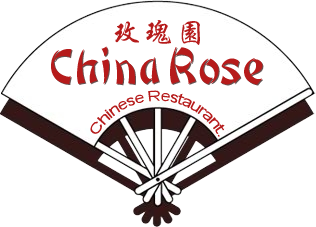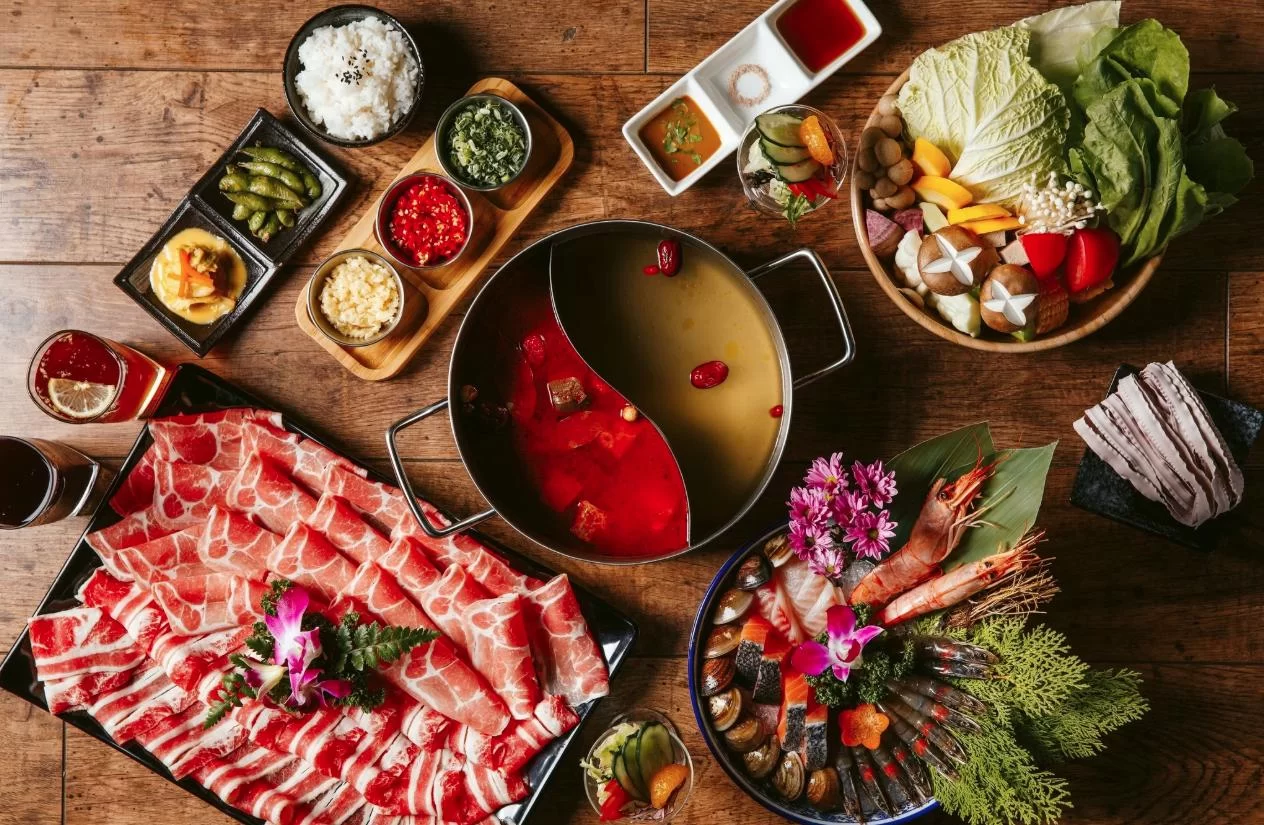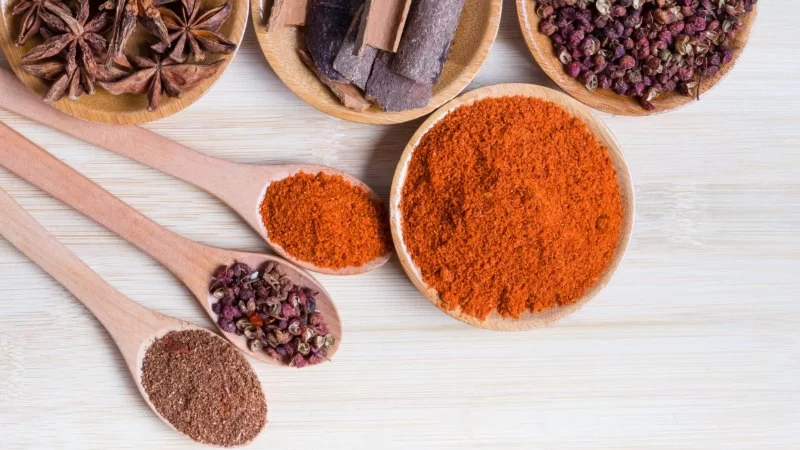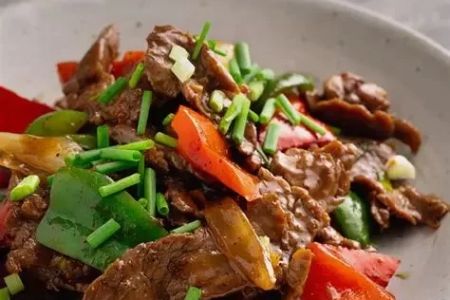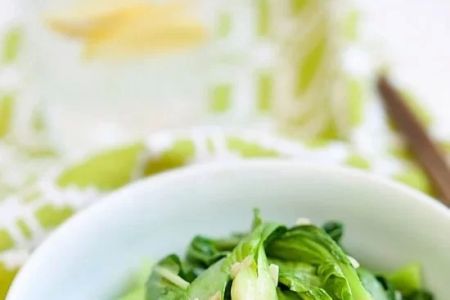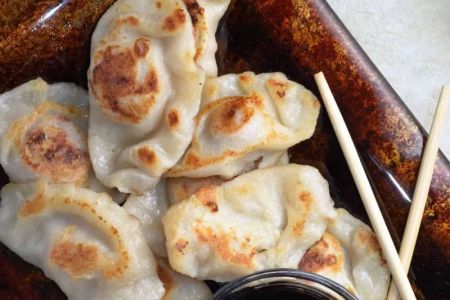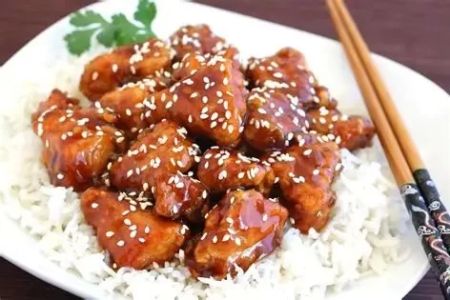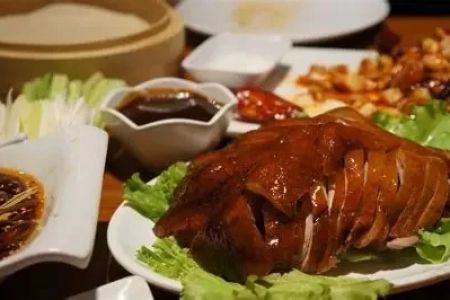- 1 - Origins of Chinese Spices and Culinary Philosophy
- 2 - Key Spices in Chinese Cooking
- 3 - Essential Seasonings and Condiments
- 4 - Regional Flavor Profiles Across China
- 5 - Practical Usage and Modern Examples
- 6 - Where to Find Authentic Spices and Seasonings
1. Origins of Chinese Spices and Culinary Philosophy
Chinese spices and seasonings are not merely ingredients; they represent a philosophy of balance and harmony. Traditional Chinese medicine has long influenced cooking, with spices chosen not only for their taste but also for their perceived effects on health and energy balance. This holistic approach means that flavor in Chinese cuisine goes hand in hand with well-being. From the warming heat of ginger to the cooling freshness of mint, each seasoning plays a role in shaping a meal’s purpose and depth.
2. Key Spices in Chinese Cooking
Sichuan Peppercorns
Famous for their unique numbing sensation, Sichuan peppercorns add both heat and a citrus-like brightness to dishes. They are essential in Sichuan cuisine, where they balance fiery chilies in classics like mapo tofu or hot pot. The “mala” flavor—numbing and spicy—has even become a viral sensation in global food culture, showing how a single spice can shape a culinary identity.
Star Anise and Cloves
Star anise contributes a sweet, licorice-like aroma and is a key component of the renowned five-spice powder. Cloves, with their warm pungency, pair harmoniously with braised dishes, lending complexity to soy-based stews. Both spices are cornerstones of slow-cooked Cantonese and northern Chinese meals.
Cinnamon and Fennel Seeds
Chinese cinnamon, or cassia, offers a bolder flavor than Western varieties. Fennel seeds introduce a mild sweetness and herbal undertone, rounding out meat marinades and enhancing soups. These spices highlight how Chinese cuisine balances boldness with subtlety.
3. Essential Seasonings and Condiments
Beyond spices, Chinese seasonings such as soy sauce, oyster sauce, and fermented bean paste define the umami depth of the cuisine. Light soy sauce emphasizes salinity and brightness, while dark soy sauce provides color and richness. Oyster sauce, invented in Guangdong, is celebrated for its savory sweetness and versatility. Meanwhile, condiments like chili oil and black vinegar add sharp contrast, turning a simple dish into something unforgettable.
Fermented ingredients such as doubanjiang (broad bean chili paste) carry centuries of tradition, as seen in Sichuan’s bold stews and stir-fries. Each of these seasonings transforms ordinary meals into layered flavor experiences that speak to both history and innovation.
4. Regional Flavor Profiles Across China
Different regions of China embrace spices and seasonings in unique ways. Sichuan favors bold, numbing heat, while Cantonese cuisine highlights light, delicate flavors that let ingredients shine. In northern provinces, warming spices like cinnamon and fennel dominate hearty stews, whereas in Jiangsu and Zhejiang, sweet and mellow seasonings take center stage. Understanding these regional profiles not only enriches appreciation for Chinese cuisine but also helps cooks adapt recipes to their own preferences.
5. Practical Usage and Modern Examples
Modern chefs and home cooks are blending tradition with creativity. Social media trends frequently showcase spicy chili oil noodles or braised pork belly recipes, demonstrating how classic seasonings remain central to new generations of cooking. One viral example is the resurgence of handmade chili oils, where families proudly share their unique recipes online. These stories illustrate that Chinese seasonings are more than pantry staples—they are cultural treasures passed down through generations.
For home cooking enthusiasts, experimenting with these spices doesn’t have to be overwhelming. A simple stir-fry with ginger, garlic, and soy sauce captures the spirit of Chinese flavors. From there, layering in star anise or Sichuan peppercorns can elevate everyday meals into restaurant-quality experiences.
6. Where to Find Authentic Spices and Seasonings
Finding authentic Chinese spices and seasonings can make all the difference in achieving genuine flavor. Specialty markets and trusted suppliers provide higher-quality products than generic alternatives. For those eager to explore further, Chinese Food offers curated selections of spices, sauces, and recommendations for the best shops, ensuring that your cooking stays true to tradition.
Whether preparing a comforting bowl of noodles or experimenting with regional recipes, understanding Chinese spices and seasonings opens the door to an entire world of culinary exploration. Each spice tells a story, each seasoning adds depth, and together they create the unforgettable tapestry of Chinese cuisine.
